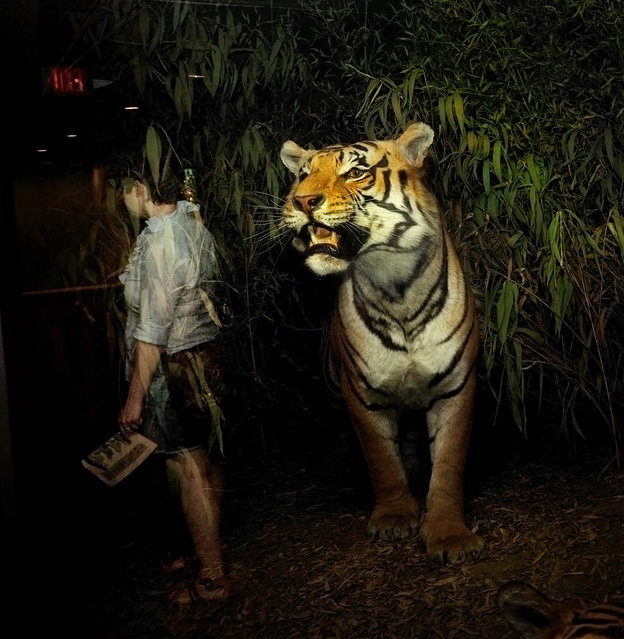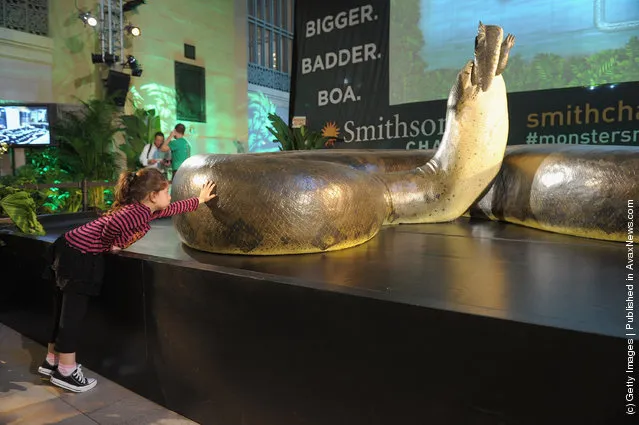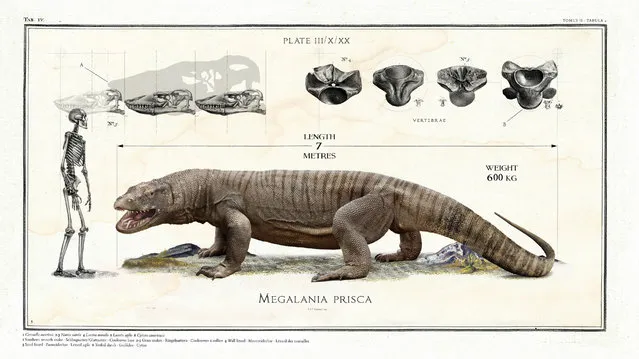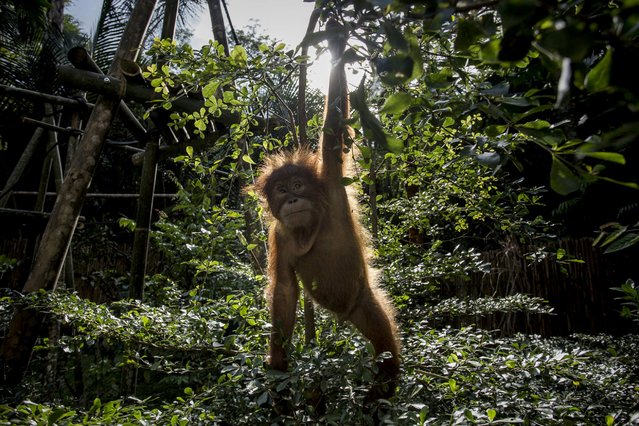
French performer Maud'Amour applies a makeup backstage before the Parisian transvestite cabaret show at “Madame Arthur” in Paris, on September 29, 2023. Open since 1946, Madame Arthur is the oldest transformist cabaret in Paris. Threatened with extinction the cabaret is undergoing a renaissance, attracting younger customers by returning to the fundamentals of the lie: baroque and queer performers who play with genres and conventions, and sing French hits live. (Photo by Joel Saget/AFP Photo)
30 Nov 2023 00:05:00,post received
0 comments







